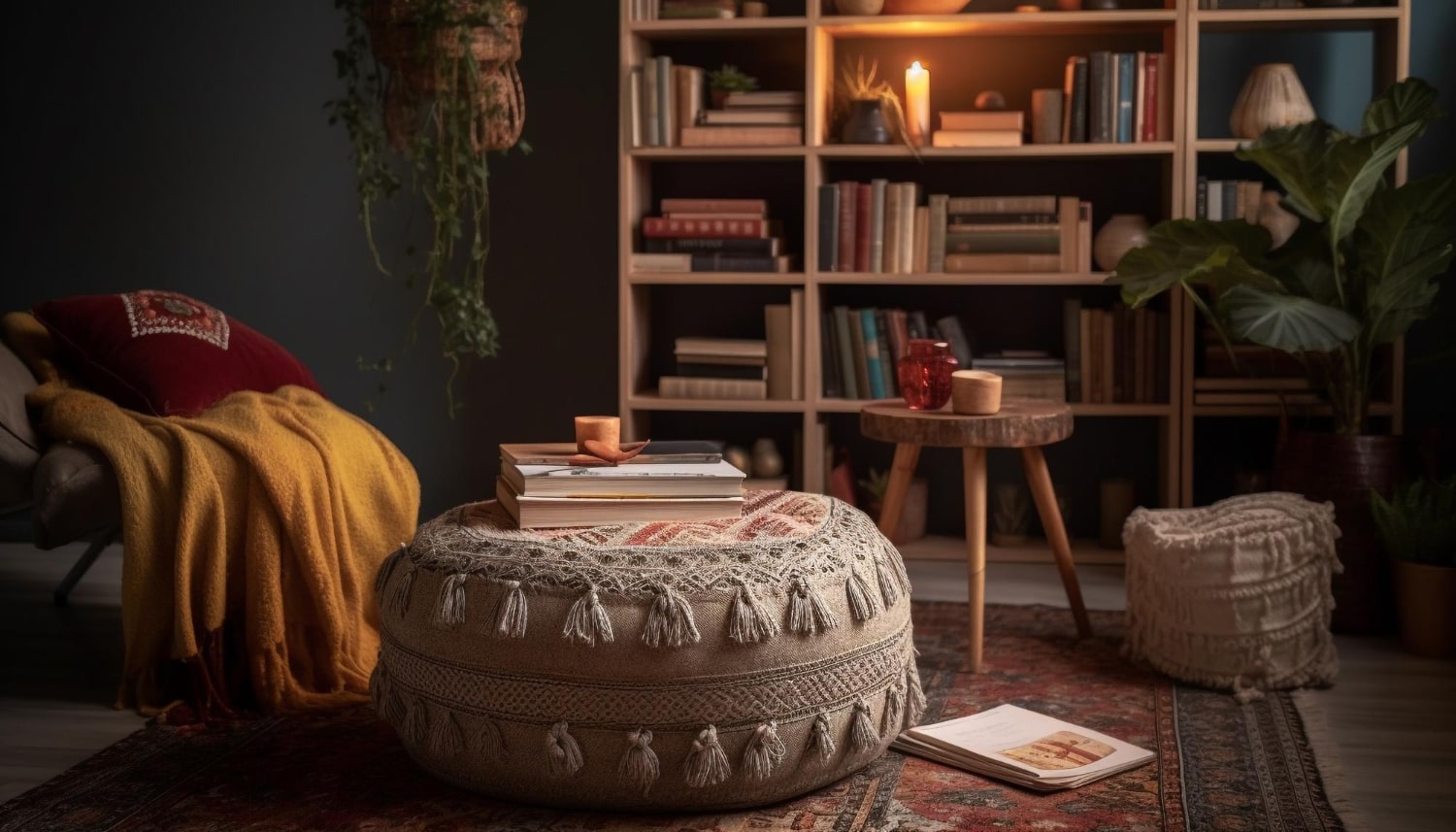Picture this: instead of the all-too-familiar glow of screens illuminating your family’s faces, imagine soft lamplight warming the pages of beloved books.
In a world where digital devices seem to rule our leisure time, there’s a simple yet magical solution hiding in the corners of your home – the cozy reading nook.
Let’s face it, fellow parents – the struggle to balance screen time with quality family moments is real. We’ve all been there, trying to pry tablets from tiny hands or lure teenagers away from their smartphones.
But what if I told you that creating a dedicated space for reading could not only reduce screen time but also spark a love for books that lasts a lifetime?
Welcome to your guide to crafting irresistible reading nooks that will have your kids (and let’s be honest, you too) reaching for a good book instead of the remote. From window seats that transport you to far-off lands to under-stairs hideaways perfect for magical adventures, we’re about to explore 10 creative ways to carve out reading spaces in your home.
These aren’t just any old corners with a chair and a lamp.
Oh no, we’re talking about cozy havens that will make curling up with a book the highlight of everyone’s day. Whether you’re working with a spacious living room or a compact apartment, there’s a reading nook idea here that will fit your family’s style and space.
So, are you ready to transform your family’s screen time into scene time – as in, scenes from amazing stories?
Let’s dive into the world of reading nooks and discover how these simple spaces can make a big impact on your family’s well-being and togetherness.
Why Reading Nooks Matter for Family Bonding
Imagine a space in your home where time seems to slow down, where giggles and whispers replace the buzz of notifications, and where stories come alive in the warmth of your family’s embrace.
This is the magic of a reading nook – a cozy haven where families can reconnect and create lasting memories. But what makes these little corners so special for family bonding? Let’s curl up and explore:
- A Device-Free Zone: Reading nooks create a natural boundary for screen-free time. When you step into this special space, it’s an unspoken rule that phones stay out and books come in. This simple act of unplugging together can lead to more meaningful interactions.
- Shared Adventures: Whether you’re reading aloud to your little ones or silently enjoying books side by side, you’re embarking on adventures together. Discussing stories, characters, and plot twists becomes a fun family activity that sparks imagination and conversation.
- Comfort Breeds Closeness: There’s something about snuggling up in a cozy nook that encourages physical closeness. This physical proximity often leads to emotional closeness too. It’s hard to maintain family squabbles when you’re all cuddled up with good books!
- Creating Rituals: Regular reading time in your nook can become a cherished family ritual. Whether it’s bedtime stories for the little ones or Sunday afternoon reading sessions for the whole family, these routines create a sense of stability and togetherness.
- A Safe Space for Tough Talks:The relaxed atmosphere of a reading nook can make it easier to broach difficult topics. Books can be great conversation starters for discussing complex issues in an age-appropriate way.
- Modeling Good Habits:When parents join in the reading time, they’re showing kids that reading is a valuable and enjoyable activity. This modeling is far more effective than simply telling kids to read.
- Customized Family Space:Creating a reading nook together – choosing the decor, arranging the pillows, selecting the books – gives everyone a sense of ownership. This shared project can be a bonding experience in itself.
Remember, in our quest for quality family time, it’s not about grand gestures or expensive outings. Sometimes, the most meaningful connections happen in the simplest of spaces – like a cozy corner with a good book and the people you love most.
Essential Elements of a Cozy Reading Nook
Creating the perfect reading nook is about combining comfort, functionality, and personal touch. The heart of any great nook is comfortable seating – think plush chairs or cushioned window seats that invite you to sink in and stay awhile.
Lighting is crucial; aim for a mix of natural light for day reading and soft, warm lamps for evening sessions. Don’t forget about easy access to books – nearby shelves or baskets keep favorite reads within reach.
Cozy textures like soft blankets and pillows add warmth, while personal touches – family photos or children’s artwork – make the space uniquely yours. A small plant can bring life to the area, and a subtle scent from a candle or diffuser can enhance the reading experience.
Remember, the most essential element is the love of reading you’re nurturing. With these key components, you’re creating more than just a cozy corner – you’re crafting a family haven for adventures through books.
10 Inspiring Reading Nook Ideas That Will Transform Your Family’s Screen Time
These 10 reading nook ideas are designed to not only provide cozy spots for book lovers but also to address common household challenges and make the most of your living space. Let’s explore how each nook can revolutionize your family’s relationship with books and each other.
1. Window Seat Wonder
Window seat wonder transform that underutilized window space into a sun-soaked reading retreat. This nook capitalizes on natural light, which not only makes reading easier on the eyes but also boosts mood and energy levels.

Window seats create a sense of being in your own world while still connected to the outside, perfect for readers who feel cooped up indoors. It addresses the issue of children feeling confined during reading time, especially for those who are reluctant readers.
How to create it: Install a bench with built-in storage beneath for books and blankets. Add thick, comfortable cushions and an array of pillows. Include curtains for privacy and to control light.
Pro tip: Use outdoor fabric for cushions to prevent fading from sunlight.
2. Attic Hideaway
Attic hideaway convert a portion of your attic into a secret reading den. The unique architecture of attics, with their sloped ceilings and cozy corners, naturally lends itself to creating a snug reading nook.

It taps into children’s love for secret hideouts and can make reading feel like an adventure. It utilizes often-wasted attic space and provides a quiet retreat away from the busier parts of the house.
How to create it: Install proper flooring and insulation if needed. Add comfortable seating like bean bags or a daybed. Incorporate soft lighting with strings of fairy lights or battery-operated lanterns. Include a small writing desk for journaling or homework, making it a multi-functional space.
3. Under-Stairs Sanctuary
Space under the stairs isn’t just for Harry Potter. Transform it into a snug reading nook with built-in shelving and a comfy seat. It maximizes often-overlooked space in the home and creates a sense of coziness that’s perfect for diving into a good book.
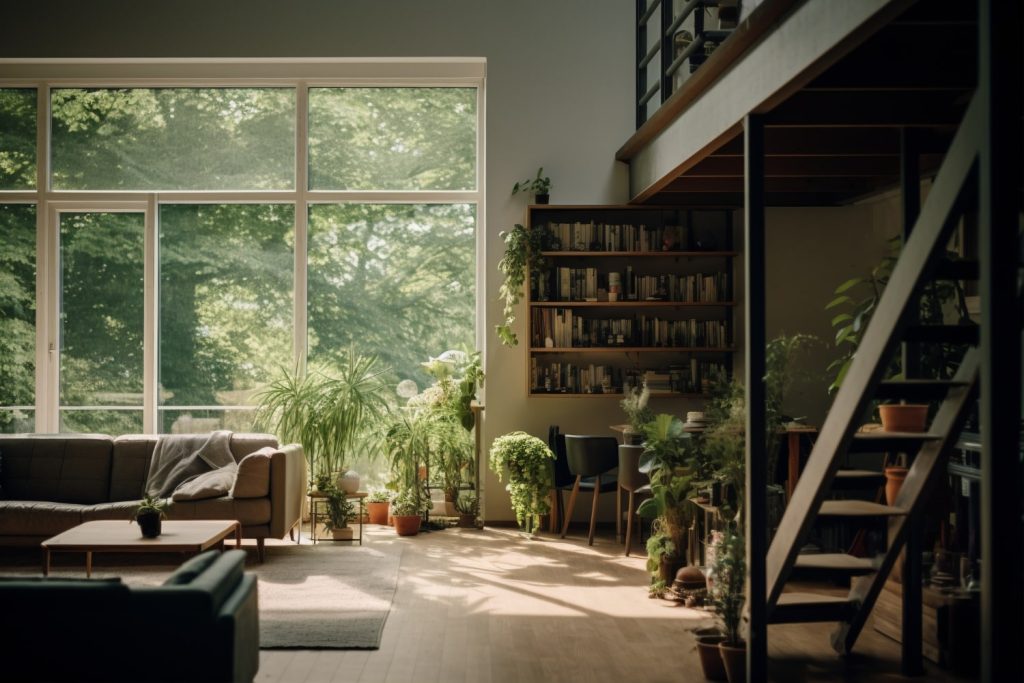
How to create it: remove any existing doors or walls. Install built-in shelving and a bench seat with a cushion. Add soft lighting and perhaps even a small curtain for added privacy.
Pro tip: paint the interior a light color to prevent it from feeling cramped, and use mirrors to create an illusion of more space.
4. Bedroom Corner Retreat
Carve out a reading corner in the bedroom with a comfy chair, a small bookshelf, and a reading lamp. This nook provides a clear delineation between sleep space and reading space.
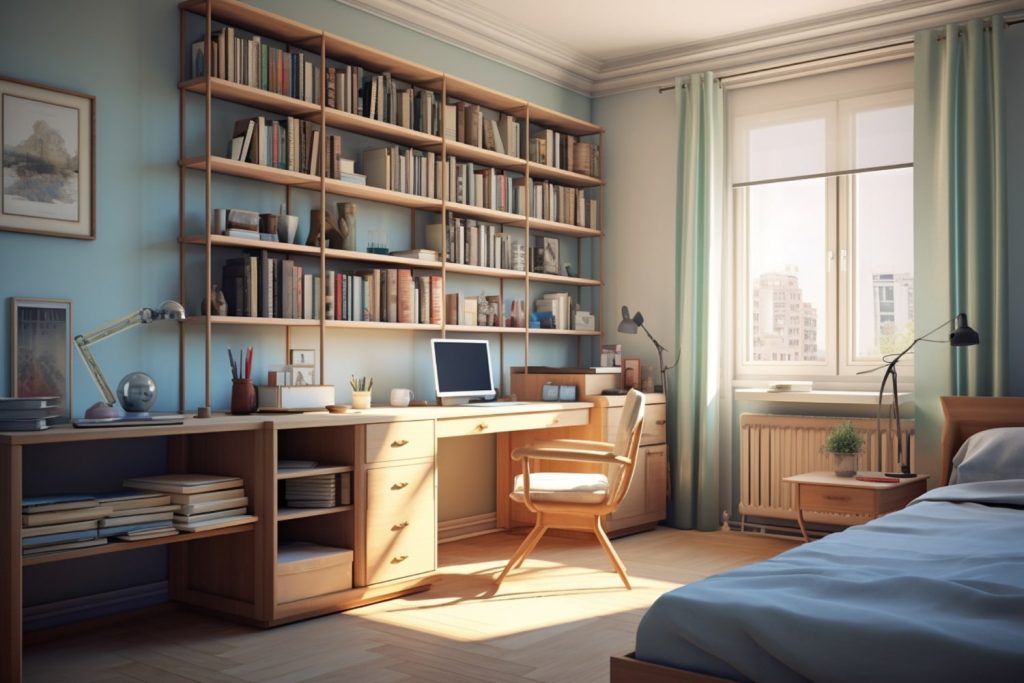
Bedroom corner retreat creates a designated area for reading, helping to establish a bedtime routine that doesn’t involve screens. It addresses the issue of excessive screen time before bed, which can interfere with sleep patterns.
Use warm-toned light bulbs in the reading lamp to promote relaxation and better sleep.
5. Living Room Reading Lounge
Living room reading lounge dedicate a corner of your living room to reading. This creates a space for quiet activities within the main family area.
It allows for individual reading time while still being present in the family space, encouraging a balance between solitary and family activities.
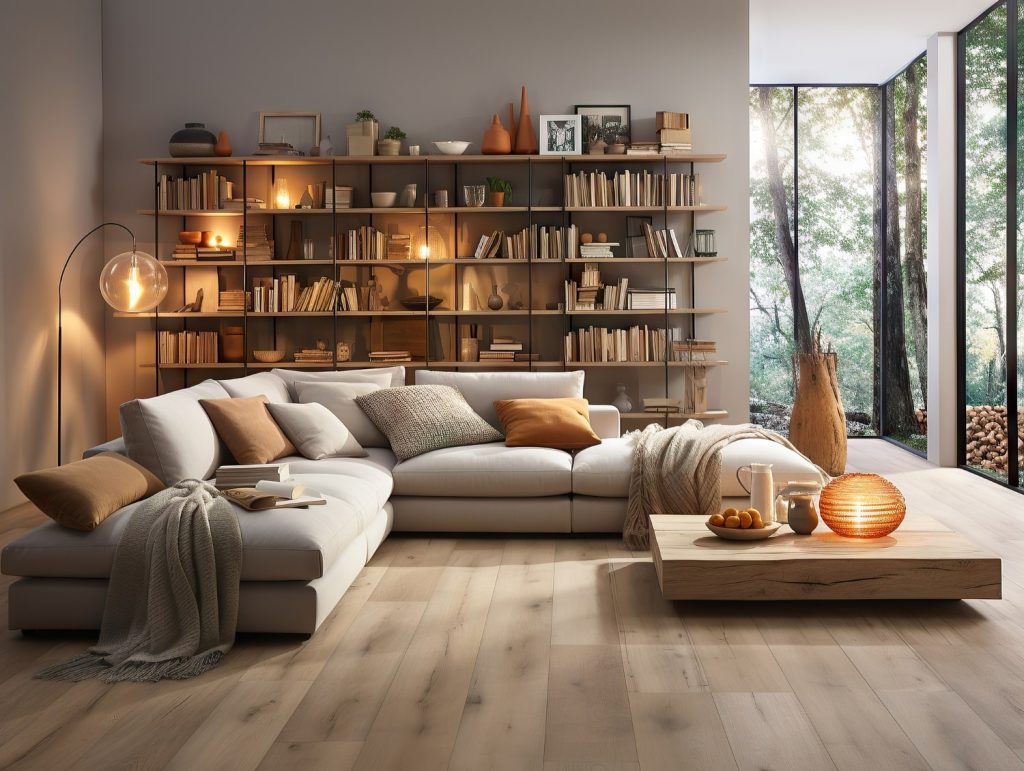
It addresses the challenge of creating quiet zones within busy family areas. Use furniture and rugs to visually separate this area from the rest of the living room.
6. Outdoor Reading Oasis
This bring the reading nook concept to your backyard or patio. This idea encourages both reading and time in nature. It combines the benefits of fresh air and natural light with the joy of reading, creating a multi-sensory experience.
Outdoor reading oasis provides an alternative to indoor screen time and encourages more time outdoors.
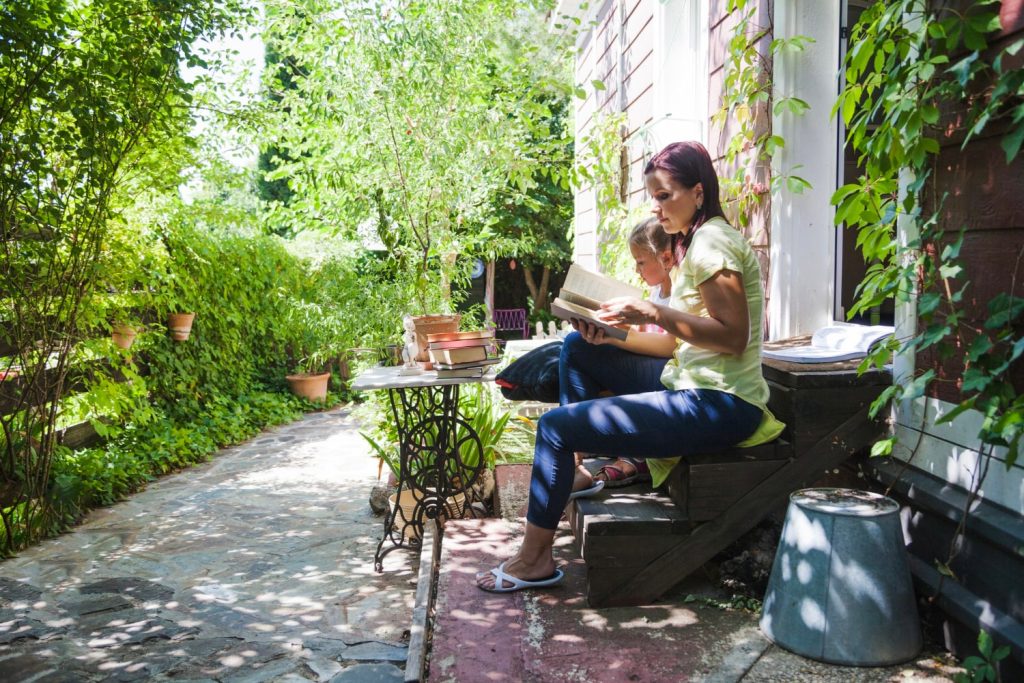
How to create it: Set up a weatherproof daybed or hammock. Add outdoor pillows and blankets for comfort. Install a shade sail or use a large umbrella for sun protection.
7. Closet Converted Nook
Transform an unused closet into a cozy reading nook. This is a great way to repurpose space in children’s rooms or guest rooms. It creates a sense of having a secret hideaway, which can make reading feel special and exciting…
…It makes use of underutilized storage space and creates a dedicated reading area without taking up floor space in the room.
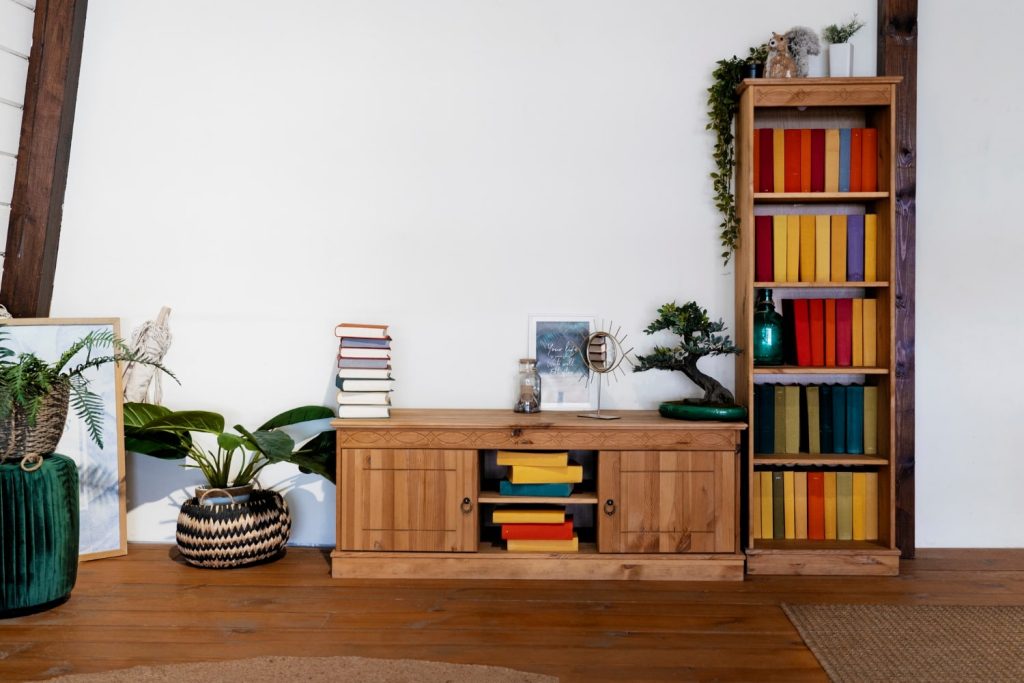
How to create it: Remove the closet door and rod. Install a bench seat with storage underneath. Add shelving on the sides and possibly the back wall. Include good lighting, either battery-operated or wired.
Pro tip: Use chalkboard paint on one wall to allow for creative expression and book quotes.
8. Playroom Reading Fort
In the playroom, create a semi-permanent fort dedicated to reading. This combines the fun of fort-building with the joy of reading.
Why it works?
It because it associates reading with play, making it more appealing to children who might be reluctant readers. It creates a clear space for quiet activities within a play area, helping children transition between active play and calmer activities.

Pro tip: Rotate books regularly to keep the selection fresh and exciting.
9. Hallway Library Nook
Put that wide hallway to use by adding a window seat or bench along one side, flanked by bookshelves. This transforms a transitional space into a functional and inviting area. It makes use of often-underutilized hallway space and puts books front and center in a high-traffic area of the home.
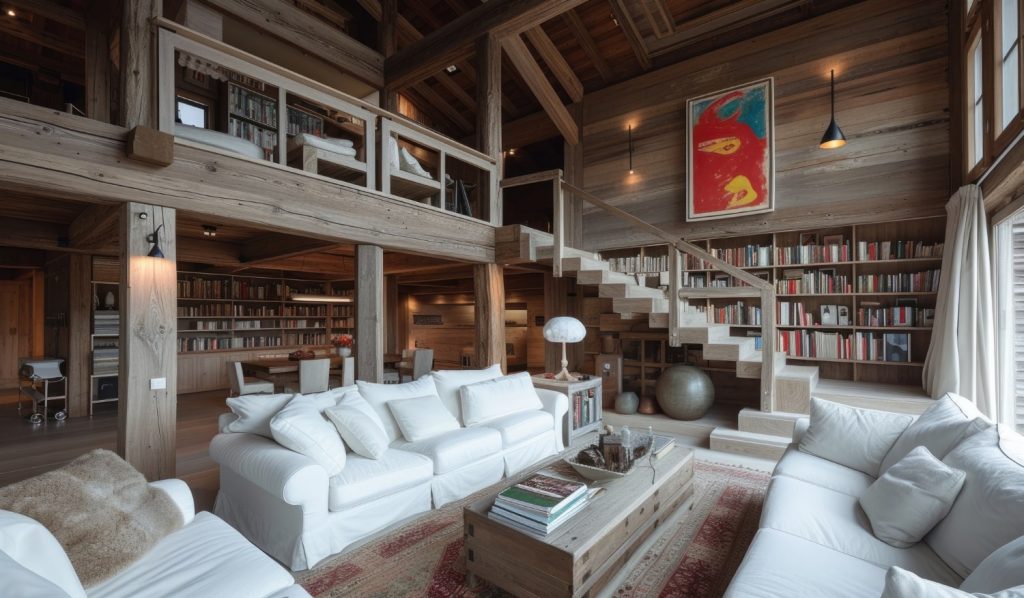
It addresses the need for more book storage and creates impromptu reading opportunities throughout the day. Use the top shelves for display and keep children’s books at lower, easily accessible levels.
10. Basement Book Haven
Carve out a corner of the basement for a reading nook. This creates a cozy retreat in a part of the house that might otherwise feel cold or uninviting.
It addresses the challenge of making basement spaces feel welcoming and integrated into family life.
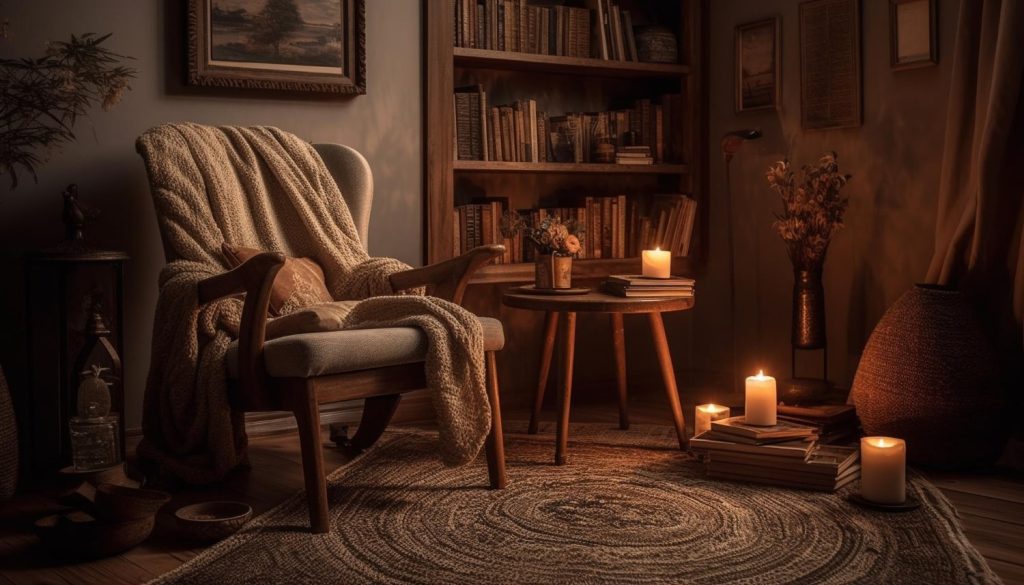
Use warm lighting to counteract the lack of natural light. Choose plush, comfortable seating. Add plenty of blankets and pillows. Install bookshelves and perhaps a small electric fireplace for added warmth and ambiance.
Consider using warm colors and soft textures in your décor to combat the typical coolness of basement spaces.
Tips for Encouraging Regular Use of Your Reading Nook
Creating a cozy reading nook is just the first step. The real magic happens when it becomes a beloved part of your family’s daily life. Here are some tried-and-true tips to make your reading nook the most popular spot in your home:
- Lead by Example: Children often mimic what they see. Make a point of using the reading nook yourself, even if it’s just for 15 minutes a day. When kids see you enjoying quiet time with a book, they’re more likely to follow suit.
- Establish a Daily Reading Time: Set aside a specific time each day for reading. It could be right after dinner, before bedtime, or as an after-school routine. Consistency is key in forming habits.
- Rotate Your Book Selection: Keep the nook exciting by regularly introducing new books. Visit the library together to pick out fresh reads, or start a book swap with neighbors or friends.
- Create Reading Challenges: Make reading fun with challenges. For example, a family reading bingo, a book-themed scavenger hunt, or a “reading rainbow” challenge where kids read books with covers of every color.
- Incorporate Cozy Rituals: Associate the reading nook with comfort. Perhaps light a special candle (safely placed), play soft background music, or enjoy a particular snack only during reading time.
- Use Technology Wisely: While the goal is to reduce screen time, audiobooks can be a great addition to your nook. They’re perfect for family listening sessions or for kids who are still developing reading skills.
- Host Reading-Related Events: Plan special events in your nook. A weekly family book club, storytelling nights where everyone shares a short story, or author birthday celebrations can make reading time more eventful.
- Reward Reading Time: Create a simple reward system. It doesn’t have to be elaborate – stickers on a chart or extra play time can be great motivators for younger kids.
- Make it Multi-Functional: While primarily for reading, allow the nook to be a space for quiet activities like drawing or journaling. This flexibility can make it more appealing to kids who might not always be in the mood to read.
- Encourage Ownership: Let each family member have a say in the nook’s decor or rules. When kids feel a sense of ownership, they’re more likely to want to spend time there.
- Practice “Book Talk”: Regularly discuss what everyone is reading. Ask questions, share favorite parts, and talk about how stories relate to real life. This deepens engagement with books and makes reading a shared experience.
- Be Flexible with Reading Material: Comics, magazines, or even recipe books count! The goal is to foster a love of reading, regardless of the format.
Remember, the key is to make reading time feel special, not forced. With consistency and creativity, your reading nook can become a cherished space for learning, imagination, and family bonding. Keep it fun, keep it cozy, and watch as your family’s love for reading grows!
Preserving the Sanctity of Your Reading Nook: Why Technology-Free is the Way to Be
It might seem tempting to integrate audiobooks and e-readers into your cozy reading nook. However, the truth is, these technological additions often do more harm than good when it comes to creating a truly immersive reading experience.
Let’s explore why keeping your reading nook as a technology-free sanctuary is crucial for fostering a deep love of reading and genuine family bonding.
First and foremost, the primary purpose of a reading nook is to provide an escape from the constant buzz of our digital lives. By introducing devices, even those intended for reading, we risk bringing in the very distractions we’re trying to avoid.
The temptation to check notifications, switch apps, or browse the internet is always present when using electronic devices, no matter how good our intentions.
Moreover, physical books offer a sensory experience that digital alternatives simply can’t match. The feel of pages between your fingers, the sound of turning a page, even the smell of a book – all these elements contribute to the rich, immersive experience of reading…
…This tactile interaction is especially important for children, helping them develop fine motor skills and a deeper connection with the written word.
Another crucial aspect to consider is the impact of blue light emitted by screens on our sleep patterns and overall well-being. A reading nook should be a place of relaxation and calm, particularly if used before bedtime. The blue light from e-readers can disrupt our natural sleep cycles, making it harder to wind down after a reading session.
By keeping your nook technology-free, you’re also encouraging more meaningful interactions among family members.
Without the barrier of a screen, it’s easier to engage in discussions about the stories you’re reading, share reactions, and create lasting memories. The absence of technology naturally prompts more face-to-face communication and shared experiences.
For those concerned about storage space for physical books, get creative! Rotate your book collection regularly, use vertical space with tall bookshelves, or start a book exchange with friends and neighbors. These solutions not only keep your reading material fresh and exciting but also contribute to the cozy, lived-in feel of your nook.
Remember, the goal of your reading nook is to create a haven that fosters imagination, encourages deep focus, and provides a respite from our screen-dominated world.
By keeping it technology-free, you’re not limiting its potential – you’re enhancing it. You’re creating a space where stories come alive through the power of imagination alone, where the only sounds are the rustle of pages and the soft murmur of shared stories.
In a world where we’re constantly connected, your reading nook can be a beautiful anomaly – a place where disconnecting means reconnecting with literature, with each other, and with the simple joy of losing yourself in a good book.
Embrace the charm of a truly unplugged reading experience, and watch as your family rediscovers the magic of traditional reading.
